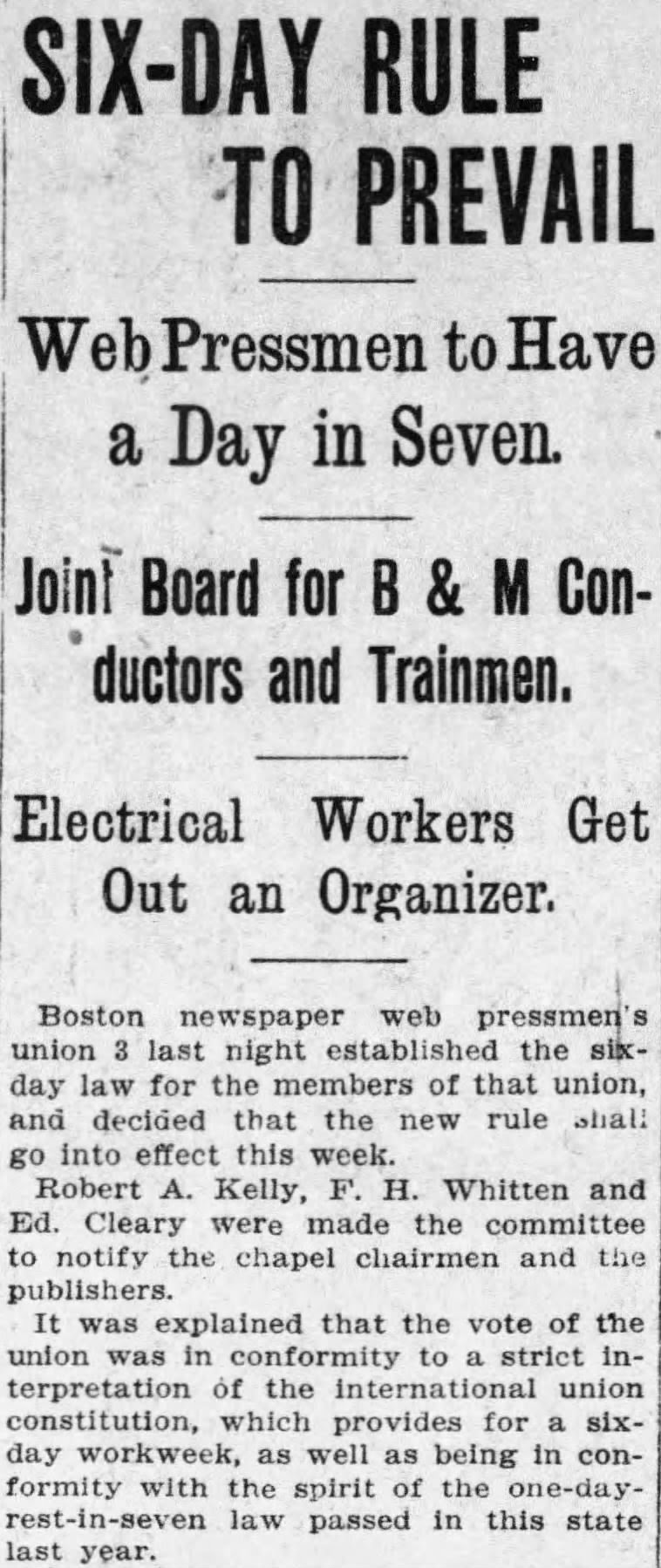
08 Mar ANCESTOR Newsletter- March 11, 2023
Contents
- 1 GEORGE WASHINGTON AND OTHER ANCESTORS HEAD TO OUTER SPACE
- 2 SPEAKING OF ANCESTORS IN OUTER SPACE- SPACE X LAUNCHED THEIR 100TH FLIGHT
- 3 WHEN WILL OUR ANCESTORS CHECK COME IN THE MAIL?
- 4 OUR ANCESTORS PUTTING THEIR HEADS TO WORK
- 5 THE CORPS OF COLONIAL MARINES COULD HAVE HAD YOUR ANCESTOR AS A MEMBER
- 6 TAKING CARE OF THE LOOSE ENDS OF OUR ANCESTORS
- 7 A TEAM CRACKED OUR ANCESTOR THE MARY, QUEEN OF SCOTS’ HIDDEN MESSAGE LETTERS
- 8 YOUR ANCESTORS ARE WAITING TO BE DISCOVERED!
 GEORGE WASHINGTON AND OTHER ANCESTORS HEAD TO OUTER SPACE
GEORGE WASHINGTON AND OTHER ANCESTORS HEAD TO OUTER SPACE
Buckle up dead American presidents, you’re going to space whether you like it or not. The DNA of four past US presidents will be blasted into deep space as part of a symbolic space burial flight alongside a number of high-flying names, who will all have part of their remains placed in special capsules and sent into solar orbit aboard a United Launch Alliance Vulcan rocket.
The gesture will be carried out by burial company Celestis, which specializes in sending DNA into deep space to join part of a future human colony, as part of a DNA migration method akin to how species once migrated around the earth.
The DNA that will be present from these flights would be used, according to Celestis, as a method of data storage that would tell the story of America and humans, which future civilizations that settle in deep space could use as biological history books. We’re unsure exactly how these civilizations would locate the floating DNA libraries in the vastness of space, but that’s beside the point.
Alongside all the things we can currently glean from DNA, Celestis hope that future advances will be able to show the entirety of a person from just their DNA, making small amounts of it a vital information storage method for preserving humanity.
That’s why soon, remains of George Washington, Ronald Reagan, John F. Kennedy, and Dwight D. Eisenhower will join the DNA and cremated remains of many of the people who worked on Star Trek and be blasted into space forevermore. The presidents will be immortalized in pieces of their hair within the capsules, which contain significant amounts of DNA.
The Enterprise Flight is due to launch sometime in 2023. It may not be too late to get your Ancestor’s DNA onboard!
 SPEAKING OF ANCESTORS IN OUTER SPACE- SPACE X LAUNCHED THEIR 100TH FLIGHT
SPEAKING OF ANCESTORS IN OUTER SPACE- SPACE X LAUNCHED THEIR 100TH FLIGHT
We happened to be staying next to Cape Canaveral and we were fortunate to see the impressive launch close-up.
 WHEN WILL OUR ANCESTORS CHECK COME IN THE MAIL?
WHEN WILL OUR ANCESTORS CHECK COME IN THE MAIL?
I was surprised when I came across a list of the wealthiest people in America by decade to see the name of my wife’s 1st cousin nine times removed, representing the 1800s.
Stephen Van Rensselaer III (November 1, 1764 – January 26, 1839) was an American landowner, businessman, militia officer, and politician. A graduate of Harvard College, at age 21, Van Rensselaer took control of Rensselaerswyck, his family’s manor. He developed the land by encouraging tenants to settle it and granting them perpetual leases at moderate rates, which enabled the tenants to use more of their capital to make their farms and businesses productive.
Active in politics as a Federalist, Van Rensselaer served in the New York State Assembly and New York State Senate and as Lieutenant Governor of New York. After the demise of the Federalist Party, Van Rensselaer was a John Quincy Adams supporter and served in the United States House of Representatives for one partial term and three full ones. Van Rensselaer supported higher education; he served on the board of trustees for several schools and colleges and was the founder of the Rensselaer Polytechnic Institute. He was also a civic activist, philanthropist, and founder of Albany’s public library and Institute of History & Arts.
Long active in the militia, Van Rensselaer attained the rank of major general; he commanded troops on the New York-Canada border during the War of 1812 but resigned his commission after a defeat at the Battle of Queenston Heights. After Van Rensselaer’s 1839 death, efforts by his sons to collect past-due lease payments led to the Anti-Rent War and the break-up and sale of the manor. As the heir to and then owner of one of the largest estates in New York, Van Rensselaer’s holdings made him the tenth richest American of all time, based on the ratio of his fortune to the nation’s prior and current GDP.
We need ancestors on the list closer to today!
 OUR ANCESTORS PUTTING THEIR HEADS TO WORK
OUR ANCESTORS PUTTING THEIR HEADS TO WORK
I have carried a lot of canoes in my life and never thought of using a tumpline. How about using one to move logs?
New Mexico’s Chaco Canyon is home to some of the most impressive pre-Columbian architecture in the Western Hemisphere. Its wide roads, circular ritual sites called kivas, and sprawling complexes called great houses remain an engineering spectacle for modern society, given the tools anthropologists think were used to create them. It’s also home to a great mystery—large pieces of timber used as support beams all across the complex.
The ancestral Puebloans that called Chaco Canyon home a millennium ago used more than 200,000 pieces of timber to construct their buildings, with weights estimated between 185 and 605 pounds per log. But the area around Chaco Canyon is a dry, arid climate that likely didn’t have many high-quality, usable trees. And indeed, in 2001, tree-ring experts at the University of Arizona used chemical analyses to pinpoint that the wood was sourced from mountain ranges up to 46 miles away. But that finding left them with even more questions.
Since then, experts have considered many different carrying methods to explain how the Chaco Canyon ancestors took the timber so far without beasts of burden like horses or even wheels to help. Finally, a new study published on February 22 in the Journal of Archaeological Science presents a reasonable explanation: The Puebloans used a simple piece of fabric looped around their heads.
A tumpline is a strap attached on both ends to a sack of equipment like a basket or a backpack. But instead of carrying it over their shoulders, the ancient log bearers would have placed it on their heads, just behind the hairline. Then, by leaning forward, the carriers distributed the weight of their cargo down the neck and spine. Anthropologists know that pre-Columbian cultures in America used tumplines woven from plant fibers to transport heavy loads. However, until recently, they had never tested the method on the Chaco Canyon timbers.
That is until three physiology researchers from the University of Colorado Boulder tested it locally. Over 70 days, they trained to properly wear and use a tumpline to move increasingly heavy material. By the end of the regimen, they could carry 66 pounds by themselves for an hour with no pain whatsoever. Then, they tested it in pairs. Because the timbers at Chaco Canyon are too large to be feasibly carried vertically, two authors attached their tumpline around each end of a 132-pound ponderosa pine log. They had it parallel to the ground for 15.5 miles. The journey took over 9 hours and 44 minutes (with multiple breaks).
The authors reported that their average walking speed only dropped 10 percent when carrying the log and that the method was surprisingly easy to learn overall. Although there is no definitive proof that tumplines were used to transport the massive logs the Chacoans used for construction, the feasibility of their approach requires less work than any other tactic proposed.
Next up for the researchers? Moving materials along the entire distance from the timber’s sources in the mountains of New Mexico to the Chaco Canyon using nothing but tumplines and their heads.
 THE CORPS OF COLONIAL MARINES COULD HAVE HAD YOUR ANCESTOR AS A MEMBER
THE CORPS OF COLONIAL MARINES COULD HAVE HAD YOUR ANCESTOR AS A MEMBER
The Corps of Colonial Marines were two separate British Marine units raised from former black slaves for service in the Americas at the behest of Alexander Cochrane (on right). The units were created in two different periods: 1808-1810 during the Napoleonic Wars; and then again during the War of 1812. Both units were disbanded once the military threat had passed. Apart from being created in each case by Cochrane, they had no connection.
The first Corps was a small unit that served in the Caribbean from 1808 to 12 October 1810, recruited from former slaves to address the shortage of military manpower in the Caribbean. The locally-recruited men were less susceptible to tropical illnesses than were troops sent from Britain. The Corps followed the practice of the British Army’s West India Regiments in recruiting former slaves as soldiers. In the previous year, the Mutiny Act of 1807 emancipated all slaves in the British Army, and, as a result, subsequently, enlisted slaves were considered free on enlistment.
The second, more substantial, Corps served from 18 May 1814 until 20 August 1816. The greater part of the Corps was stationed at St. Augustine on the Atlantic coast, with a smaller body occupying the future Negro Fort, on the Apalachicola River in remote northwest Florida. Recruits were accepted from among escaped slaves who had already gained their freedom on coming into British hands and who were unwilling to join West India Regiments. The force’s establishment sparked controversy at the time, as the arming of former slaves was a psychological and military threat to the slave-owning society of the United States. Consequently, the two senior officers of the Corps in Florida, George Woodbine and Edward Nicolls, were demonized by Americans such as Hezekiah Niles in his Baltimore publication, the Weekly Register, for their association with the Corps and inducing slave revolt.
At the end of the War of 1812, as the British post in Florida was evacuated, the Corps’ Florida detachment was paid off and disbanded. Although several men accompanied the British to Bermuda, most continued living in settlements around the fort the Corps had garrisoned. This legacy of a community of armed fugitive slaves with a substantial arsenal was unacceptable to the United States of America. After the fort was destroyed in a battle in 1816, the former Marines joined the southward migration of Seminoles and African Americans escaping the American advance. Members of the Colonial Marine battalion who were deployed on the Atlantic coast withdrew from American territory. These American ancestors continued in British service as garrison-in-residence in Bermuda until 1816, when the unit was disbanded and the ex-Marines resettled in Trinidad.
 TAKING CARE OF THE LOOSE ENDS OF OUR ANCESTORS
TAKING CARE OF THE LOOSE ENDS OF OUR ANCESTORS
Volunteer ‘finishers’ help complete knitting projects started by late loved ones. Click the link at the end of the article to read more on this.
The story reminded me of what we often do for clients. They have ancestors who gathered materials about their heritage, but it stayed as loose papers, always at risk of being tossed. Clients who care about their ancestry reach out to us to pull the materials together in one of our books.
The odds of a book making it to future generations is much higher. So you can be proactive and tie up your family’s loose ends, so that your descendants know about their ancestors!
 A TEAM CRACKED OUR ANCESTOR THE MARY, QUEEN OF SCOTS’ HIDDEN MESSAGE LETTERS
A TEAM CRACKED OUR ANCESTOR THE MARY, QUEEN OF SCOTS’ HIDDEN MESSAGE LETTERS
They were addressed to French ambassador Michel de Castelnau Mauvissière.
A team of international codebreakers managed to uncover the letters penned by Mary, Queen of Scots, while she was imprisoned in England by her cousin Queen Elizabeth I. The letters were thought to be lost for centuries.
As stated in the release, physicist and patents specialist Satoshi Tomokiyo, pianist and music professor Norbert Biermann, and computer scientist and cryptographer George Lasry came across them while looking for encrypted documents in the Bibliothèque nationale de France (BnF) online archives. After solving her sophisticated cipher system, the trio only discovered Mary was the author.
Here’s the rest of article-
https://interestingengineering.com/culture/mary-queen-of-scots-letters-cracked
 YOUR ANCESTORS ARE WAITING TO BE DISCOVERED!
YOUR ANCESTORS ARE WAITING TO BE DISCOVERED!
Reach out to Dancestors and let us research, discover, and preserve your family history. No one is getting any younger, and stories disappear from memory every year and eventually from our potential ability to find them. Paper gets thrown in the trash; books survive! So do not hesitate and call me @ 214-914-3598.


 GEORGE WASHINGTON AND OTHER ANCESTORS HEAD TO OUTER SPACE
GEORGE WASHINGTON AND OTHER ANCESTORS HEAD TO OUTER SPACE SPEAKING OF ANCESTORS IN OUTER SPACE- SPACE X LAUNCHED THEIR 100TH FLIGHT
SPEAKING OF ANCESTORS IN OUTER SPACE- SPACE X LAUNCHED THEIR 100TH FLIGHT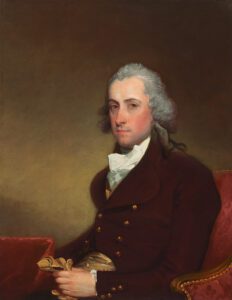 WHEN WILL OUR ANCESTORS CHECK COME IN THE MAIL?
WHEN WILL OUR ANCESTORS CHECK COME IN THE MAIL?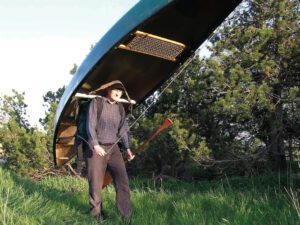 OUR ANCESTORS PUTTING THEIR HEADS TO WORK
OUR ANCESTORS PUTTING THEIR HEADS TO WORK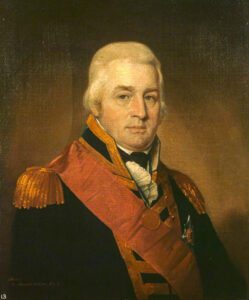 THE CORPS OF COLONIAL MARINES COULD HAVE HAD YOUR ANCESTOR AS A MEMBER
THE CORPS OF COLONIAL MARINES COULD HAVE HAD YOUR ANCESTOR AS A MEMBER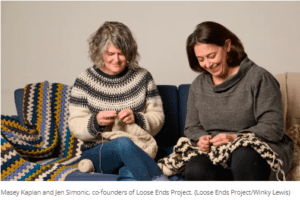 TAKING CARE OF THE LOOSE ENDS OF OUR ANCESTORS
TAKING CARE OF THE LOOSE ENDS OF OUR ANCESTORS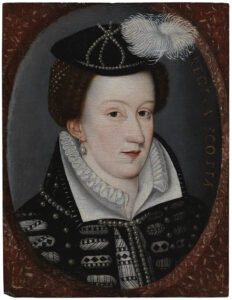 A TEAM CRACKED OUR ANCESTOR THE MARY, QUEEN OF SCOTS’ HIDDEN MESSAGE LETTERS
A TEAM CRACKED OUR ANCESTOR THE MARY, QUEEN OF SCOTS’ HIDDEN MESSAGE LETTERS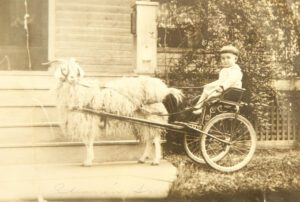 YOUR ANCESTORS ARE WAITING TO BE DISCOVERED!
YOUR ANCESTORS ARE WAITING TO BE DISCOVERED!